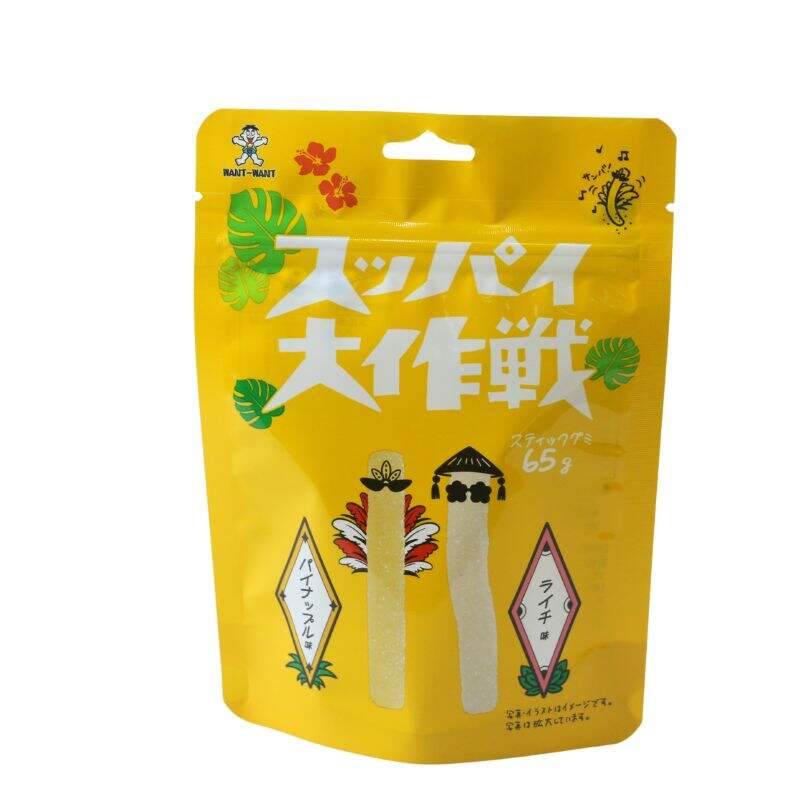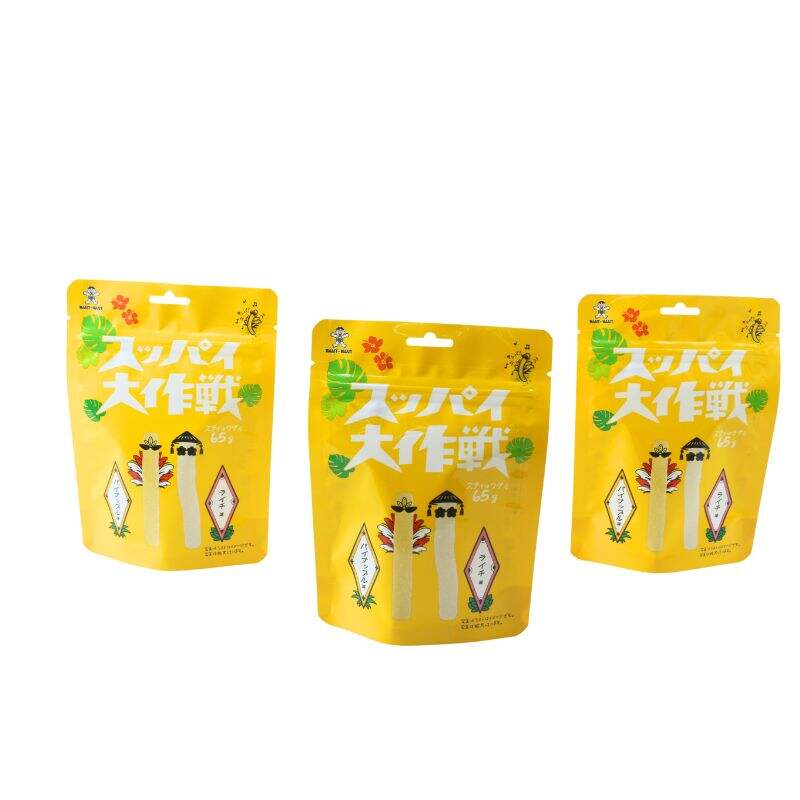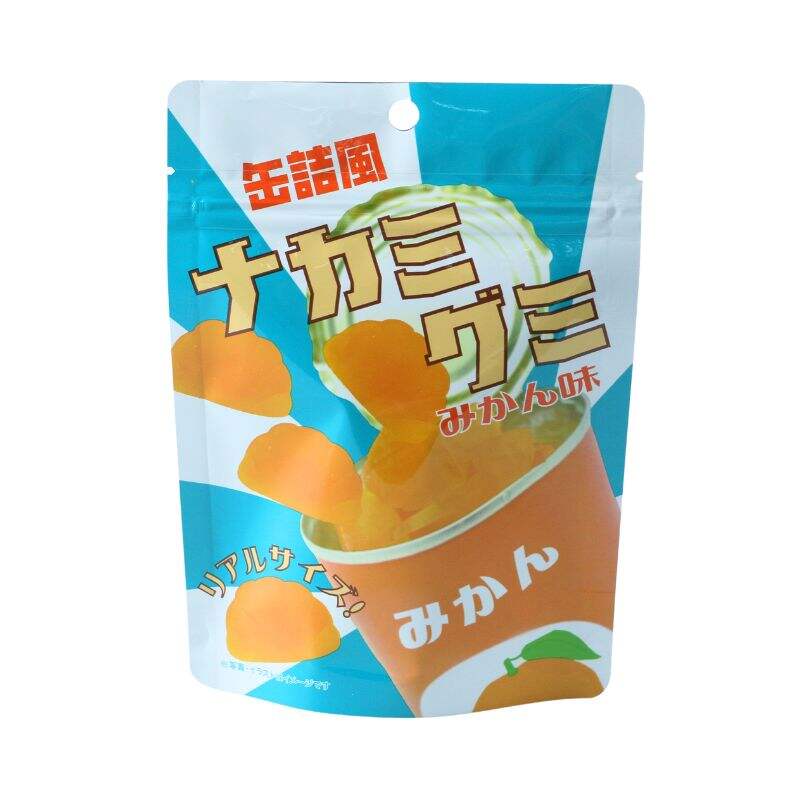For the most part, it is already quite obvious that there are many benefits of advanced food packaging. On-the-go plastics are hot and break-proof (and so may minimize the injury by eating on the run). Glass jars suggest you "seal and refrigerate food upon purchase; it will keep longer if you do." Cans is very durable, its keep your pantry temperature The paper carton is recyclable and it offers a surface for informational and advertisinguffers networks. Soft pouches count as more flexible, appealing and also weigh less than the conventional tin cans. Over time benefits stack up less waste, greater durability of more long term supplied items approaching expiration. The customer is incapable of setting the product down and never again wanting to be relieved of control.


